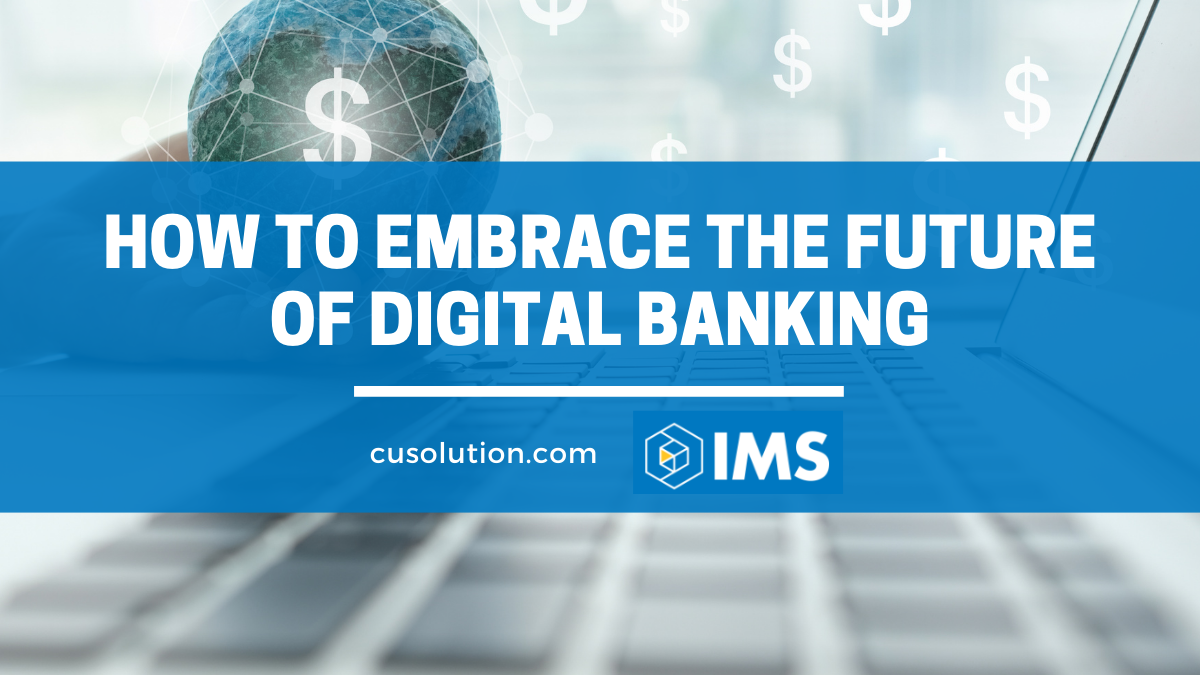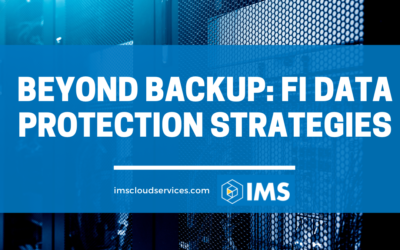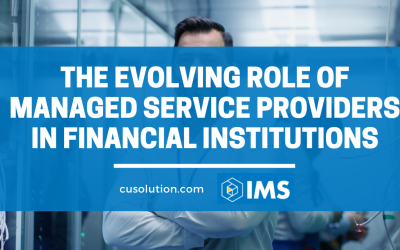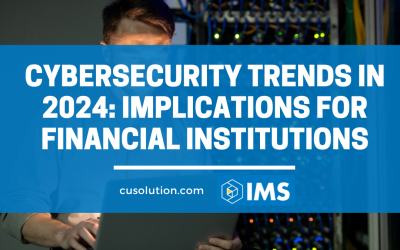When we talk about the future of banking, a lot of that future is rooted in the digital transformation that will take place in the next several years. Online loan applications, cryptocurrency – these services and more will be the differentiators for success as we move through 2022 and beyond. Here’s how your credit union can embrace the future of digital banking.
What Is Digital Banking?
Digital banking used to mean your members could log into an online account to see their balances and perform funds transfers from one financial account to another. But today, digital banking has expanded so much that your members rarely – if ever – have to visit one of your physical locations to perform any financial activity that will be run through your systems.
It’s not just about convenience, digital banking is about ultra-convenience for your members. Netflix, Amazon, and social media sites use data and other digital tools to make every user’s experience highly personalized – this is becoming a standard to which all B2C businesses are expected to reach in order to maintain member satisfaction.
Embracing Embedded Banking
You don’t have to leave your house to get groceries, prescriptions, Christmas presents, dog food, or to pay your mortgage or car payments anymore – and members like it this way. That one-stop-shop website model is becoming the expectation for your members. Embedded banking may seem like a complex phrase, but it just means that your members are doing their banking without having to visit a bank or credit union website, app, or physical location.
An example of embedded banking is the presence of mortgage applications and services being promoted on real estate sites where your members are browsing available homes in their desired area. Rather than creating financial services that must be accessed separately from the need they are born from, we’ll see more and more companies partnering to allow for end-to-end transactions. You can go to a car dealership and get a loan right then and there through partnerships between the dealership and their chosen financial institution, and savvy consumers will gravitate towards that all-inclusive model because it’s more convenient.
Facial Recognition
One of the fastest-growing authorization tools for financial accounts is biometric access. This includes fingerprints and, most recently, facial recognition. 15% to 20% of US financial institutions are already using facial recognition, coupled with other best practices when it comes to multi-factor authentication, to give members access to their financial information online.
Virtual Branches
The need to “speak to a representative” will never go away. People still like talking to and connecting with real people when they give a business their patronage. Since the start of the pandemic, virtual branches have become increasingly popular as a way to bridge the gap between in-person interaction and the convenience of digital banking solutions.
Virtual branches are digital platforms that simulate the conversation that occurs in a regular branch and rely on diverse communication tools like web, mobile chat, video, co-browsing, and document or screen sharing, according to American Banker.
Infrastructure-as-a-Service: Serve Members While We Cover Your Servers
Your data, servers, and digital banking operations shouldn’t need babysitting. That’s why IMS offers configured resources that meet your unique needs through Infrastructure-as-a-Service. We tailor our program to your specification to ensure our solutions are straightforward, flexible, and pay-as-you-go so you can take advantage of premier cloud services at affordable prices.
Browse these and other offerings here on our website or contact us today!



